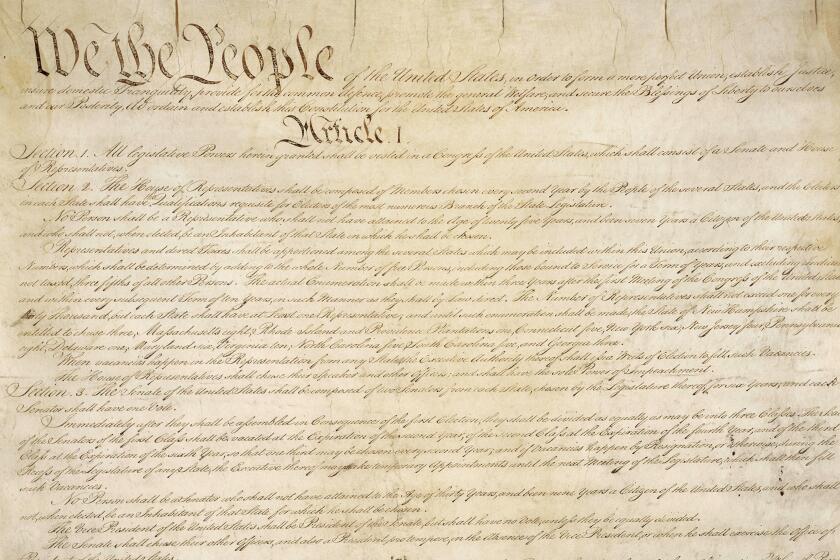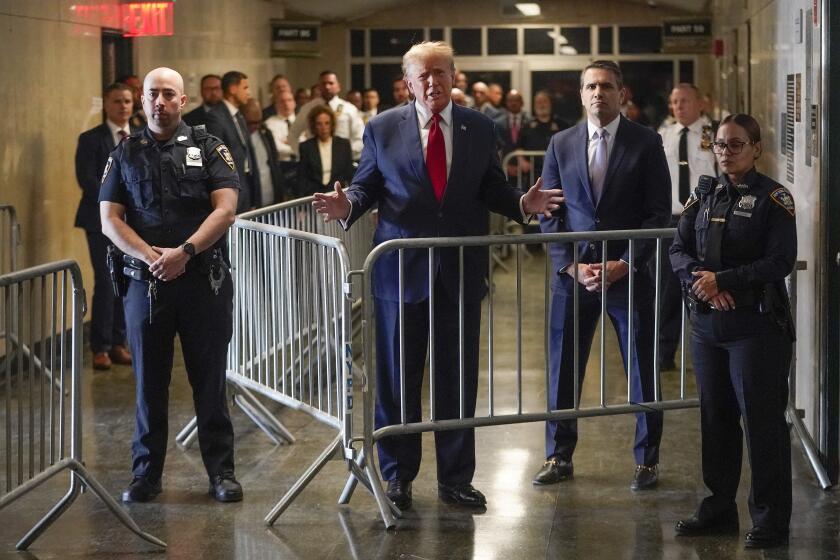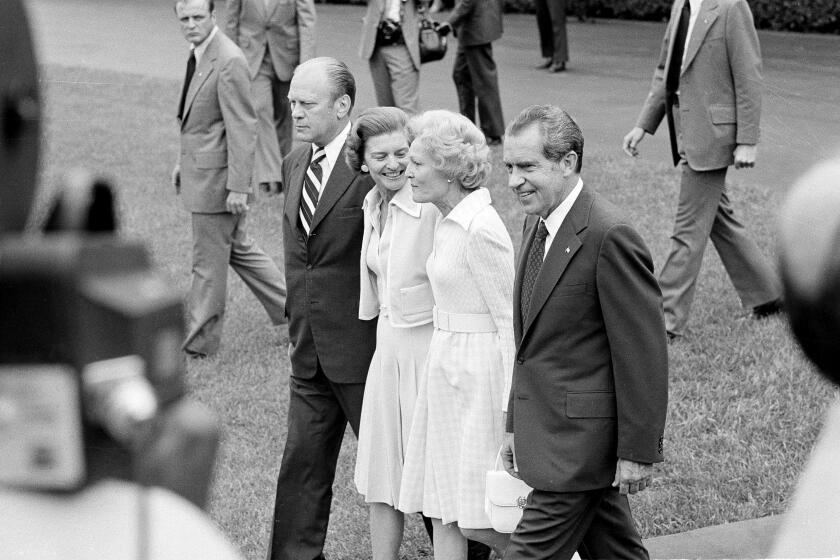Column: Coachella makes millions, but the festival’s impoverished Mexican neighbors see very little of it
I went to the Coachella Valley Music and Arts Festival in 2003, and that was enough. The reunion of Iggy Pop and the Stooges was awesome, of course, and Café Tacuba played like rock en español gods. Otherwise, my memories of the performances are vague, and not because of any drugs or heatstroke.
What is lodged in my memory, instead, is the drive home. I was with my friend Carolina Sarmiento, who’s now a professor of urban planning at the University of Wisconsin. As we navigated the winding mountain passes of the 60 Freeway just west of Beaumont, all we could talk about was the disparity between the hipster hoedown we had just experienced and the wrenching poverty just south of the festival, in towns like Mecca, Thermal and the city of Coachella.
“Do you think that the people who went to the concert know about the farmworkers all around them?” Carolina asked.
“Nope,” I replied. And I’m sure they still don’t.
Goldenvoice, the subsidiary of AEG Live that created and runs Coachella, has created a surefire mint with its festival. Last year, daily attendance averaged 125,000 (it was just 30,000 when I went) and it notched $114 million in gross revenue. The Coachella Valley Economic Partnership and Greater Palm Springs Convention and Visitors Bureau estimated that just in 2016, the economic impact of Goldenvoice events (they also run the Stagecoach and Desert Trip shindigs) was $704 million.
39% of the population in the Eastern Coachella Valley lives in poverty, nearly double the state rate.
All wonderful and cool, right? Nope. Despite all the attention that concertgoers, music acts, and promoters have brought to the Coachella Valley, none of it has improved the lives of the Latinos who make the region run the rest of the year.
I was reminded of this after reading two remarkable stories published just before Weekend One of the festival. For a Longreads piece, “Coachella Underground,” reporter Gabriel Thompson tracked the lives of undocumented immigrants who remain invisible to concertgoers. He describes the valley as “a land of impossible extremes, a place that doesn’t make sense but exists nonetheless, a testament to hubris and hard work and irrigation canals, and also to racism.” In their multimedia piece, “In the valley of Coachella,” novelist Susan Straight and photographer Douglas McCulloh used ESRI’s digital geography platform to put the people who work and live year-round literally on the map.
In the world these articles reflect — that is to say, reality — 39% of the population in the Eastern Coachella Valley lives in poverty, nearly double the state rate. In the Coachella Valley Unified School District, 99% of students are Latinos. Residents live in substandard housing and work under a brutal sun to fuel a multimillion-dollar agricultural industry powered by dates and melons. They’re terrified of the Trump administration but trudge on with life. For these families, the bounty of the festival is essentially nonexistent. It’s cliched to compare it to a mirage in these parts, but how better to describe something so close yet so far?
These curtain-pulling works of journalism should go viral; instead, Thompson got 18 likes off Longreads’ Facebook page, while Straight’s tale doubled that amount on ESRI’s page.
Then again, it’s fitting that articles so important flopped like a fish on the banks of the Salton Sea. To paraphrase “The Man Who Shot Liberty Valance”: This is the West. When the legend isn’t fact, buy a $429 festival pass.
The Coachella class just can’t get bothered with the details of the hard times that surround them. Oh, Goldenvoice suggests it cares: Its website lists the local charities it donates to, like the Coachella Valley History Museum and the Mizell Senior Center in Palm Springs. And it has given over 1,000 festival tickets to local high school students since 2011.
Those token efforts remind me of what Disneyland used to do: Give away freebies to students in Anaheim like me so we wouldn’t ask why its massive profits never trickled down to the raza rabble.
Don’t paint me as a spoilsport or socialist, por favor. I would have loved to see cumbia legends Los Ángeles Azules play Coachella’s main stage this year. And Goldenvoice has no obligation to reform the inequitable economy of the desert.
But if you’re driving out to Indio this weekend, dressed for Snapchat and ready to glamp in one of Goldenvoice’s $3,600 VIP teepees for two — or even if you aren’t — take a moment to gaze at the official festival poster. You know it: the verdant fields of the Empire Polo Club anchoring the bottom of the page, palm trees and the San Jacinto Mountains marking the horizon, a massive sky in the golden hues of sunset featuring the latest lineup. The image has become as much a part of Southern California pop art as those 1930s and 1940s orange-crate labels depicting pastoral scenes of plenty.
Both images are a fusion of fantasy and propaganda. And in both, just out of frame, are exploited Mexicans.
But, hey: Beyoncé killed it, so all’s good, right?
Twitter: @GustavoArellano
To read this article in Spanish, click here
More to Read
A cure for the common opinion
Get thought-provoking perspectives with our weekly newsletter.
You may occasionally receive promotional content from the Los Angeles Times.







